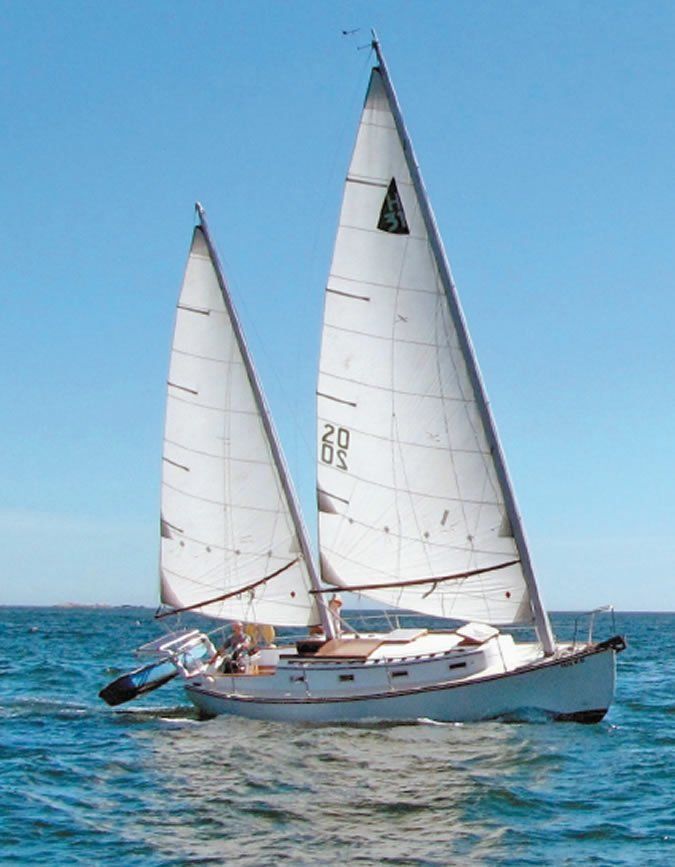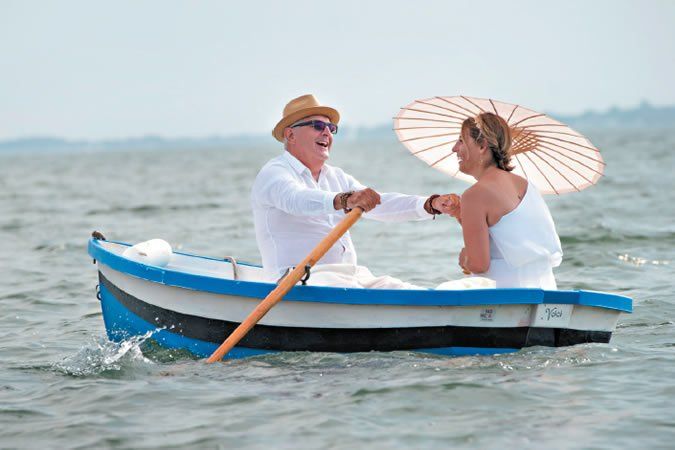
Paine Tar Advocate
I was happy to see in the last issue on grease and electronics your willingness to test natural products. For years, I have used pine tar as anti-seize. I first read about it in a series of side bars in the Mariners Catalog published by International Marine Publishing in the 1970s. They were by Pete Culler and called Old Ways Work. He suggested that pine tar was great for keeping bolts, etcetera from rusting together. At the time, I was living in Northern Vermont notorious for bad winter roads with lots of salt. I got some pine tar at the local feed store (used on horses hooves) and tried it on the lug nuts on my truck. Sure enough, they always came right apart. Since then, I have used it on anything I want to come apart, including stainless to avoid galling. Since I have lived on the coast of Maine for many years, I have used it on all kinds of stuff on and around the water. The best test is I use it on the shackles holding my mooring ground tackle together. It has never failed me, sometimes after gear has been in the water a couple of years.
Its only drawbacks are it is kind of messy, stick and black, and it smells funny. Luckily I have gotten to like the smell. Nothing smells sweeter than success!
Otey Smith
Matilda Herreshoff H-31 Cat Ketch
Harpswell, Maine

Walker Bay Wedding
Last summer my fiance and I got married and I rowed her from the boat to the beach for the ceremony on my Walker Bay. It is a great boat and serves me well. We are both chefs (www.naturallydelicious.com), so you need anything tested in the galley let me know! We will move in our boat (Bristol 38.8) to live aboard starting October 2017.
Herve Riou
Bristol 38.8
Newport, RI
Dialing in Prop Diameter
I enjoy the mail and discussion on inflatable power, but I cringe when I read about these 9 to 10-foot inflatables with heavy, back breaking 8- to 15-horsepower motors. The tip I learned from my father back in the 1970s outboard waterskiing days was to modify prop pitch. We were poor but ventured far and wide throughout the west from Lake Powell to Shasta with our 16-foot boat and 60 horsepower Johnson. We were often overloaded with camp gear and people. On several trips we even towed two skiers just to have enough room.
My fathers secret weapon was a prop change. Hed put on the smaller diameter low pitch prop to pull two skiers out. For years now, Ive owned a range of inflatables, but like everyone else I want my 10-foot inflatable to plane with a lightweight 5 or 6 horsepower engine. The first thing I do is ditch the standard prop. The next size smaller prop always planes with two to three people. Currently I have a 10-foot Achilles RIB with a Tohatsu 6 horsepower with a nonstandard 7.8- by 7-inch prop instead of the 7.8- by 8-inch. Planes like a champ.
Peter Pommer
Portland, Oregon
As weve noted in previous reports, tweaking your propellers pitch and diameter can also lead to better fuel efficiency at cruising speed in the mothership. One of our favorite books is Dave Gerrs The Propeller Handbook, which explores prop sizing in great depth.
Gig Harbor Blues
Ive had a Gig Harbor dinghy, a 10-foot Navigator since 2005. I bought it new, with every option. Sails/mast/sprit, rudder, keel, dinghy dogs (inflatable side rails). It all cost about $5,000. My general opinion is that it simply isn’t worth the money.
In retrospect I would buy a cheaper Walker Bay. My complaints begin with the general lack of quality in the finish paint job and gel coat. Gel coat is dull and can’t be polished to a gloss. Gig Harbors custom painted top bulwark stripe is also a semi-gloss finish. More importantly, the fore/aft sealed benches that serve as floatation arent watertight. They collect water from various water sources, I think mainly rain.
I had to cut in inspection ports to sponge the water out occasionally. I was tempted to drill in drain holes but didnt want to completely negate the floatation chambers. This is not what Id expect from such an expensive craft. I contacted Gig Harbor and asked about a fix and they said theyd be glad to look at it provided I brought the dinghy to them, which was not possible.
Again, I would go in a different direction if I had to do it again. I don’t think the rowing capability between a Walker Bay and a GH is worth the price differential, even if the GHs quality was up to standard.
Shane Wilson
Port Townsend, WA
Snubber Sense
In reference your article on snubbers (What is the Ideal Snubber Size?, PS March 2016) in our experience from 100,000-plus miles ocean sailing with a variety of designs ranging from 35 to 62 feet the primary benefit of snubbers is transferring anchor chain loads to deck cleats away from the windlass.
Ordinarily a few lengths of 3/8-inch line works fine. Even in hurricanes. However, we routinely set out 200 feet of 3/8-inch chain in the smaller boats and 400 feet in the larger ones with similar additional rides during hurricanes. In our experience the choice of anchors made little difference, 60 pounds for the smaller boats, 120 pounds for the larger ones. The crucial essential was not anchors, but routinely setting out long lines of chain and doubling up in real storms.
In Alaska we learned fish boats rode quite comfortably routinely setting out 2,000 feet of -inch chain during major storms including hurricanes in the shallow Bering Sea. With few exceptions all the voyagers weve met over the past 50 years who routinely set out long lengths of chain with sturdy shackles rarely suffered anchor embarrassments. Long lengths of chain rather than the anchors themselves do yeomans work.
Peter I. Berman
Norwalk, CT





































